The City of San Antonio (COSA) hired a “killer” to manage a nursery – aka a rookery. A rookery is a colony of breeding animals, generally gregarious birds. In fact The City of San Antonio hired the USDA‘s Wildlife Services to “manage” the waterbirds that migrate each year to the city to breed.
USDA’s Wildlife Services is a strategically misnamed federal program within the USDA that wastes millions of dollars each year killing wild animals with traps, snares, poisons, gas, and aerial gunning at the request of corporate agriculture and the hunting lobby. According to their official reports, they have slaughtered close to 30 million animals in just the last decade.
Read More: U.S. Wildlife Services Killed Over 1.75 Million Animals in 2021 by EcoWatch
The effort to destroy the last rookery in the city is without a plan or conservation consideration. Sadly, it will be the species needing conservation that are most impacted. A Texas Protected Species, the Tricolored Heron is a coastal waterbird that breeds in Brackenridge Park.
Brackenridge Park has almost nine acres fenced since February that bars the public from the amenities the city claims the birds are impacting. Hired contractors bang two by four boards at the birds as they fly by. The USDA’s Wildlife Services have positioned three heavy duty boom lifts for aerial assault. Residents have reported the USDA shooting explosives off the cage while suspended above the tree canopy.
The largest lift, a one-ton lift tramples the ground daily in an area where archeological artifacts dating back thousands of years have been found in the Texas State Antiquities Landmark. The site is also Sacred to Indigenous People for the river-Yanaguana Spirit Waters that runs through the park. The Sacred Waterbird of the Indigenous Creation Story is one of the targets.
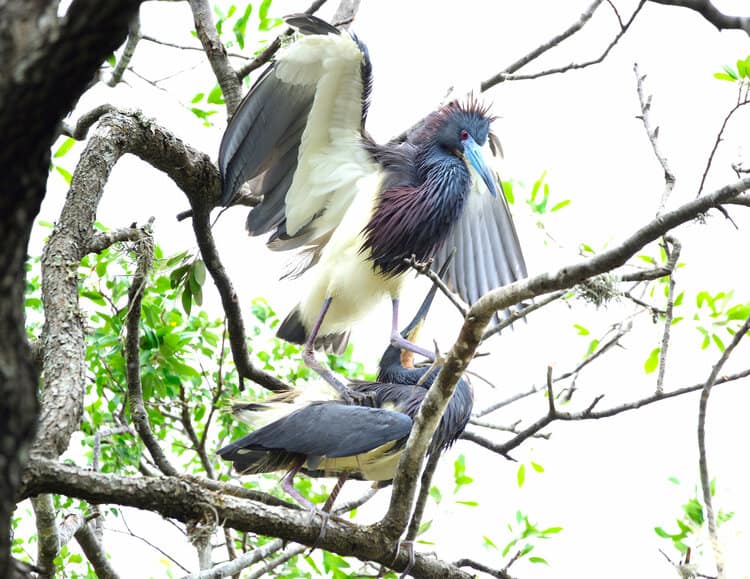
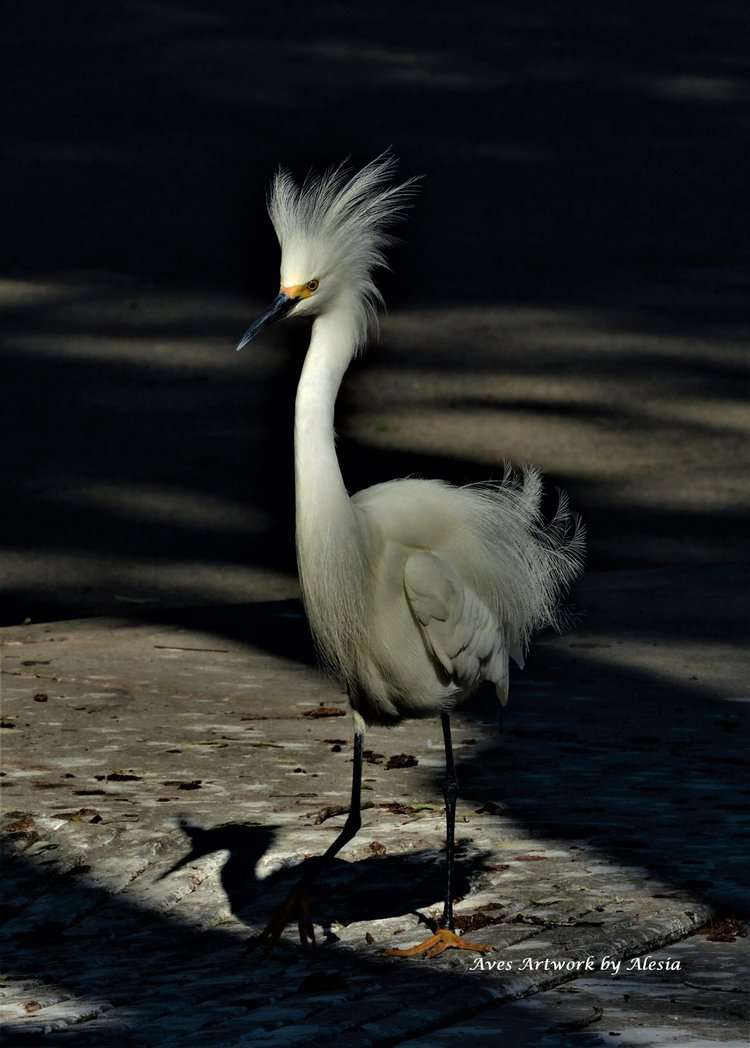
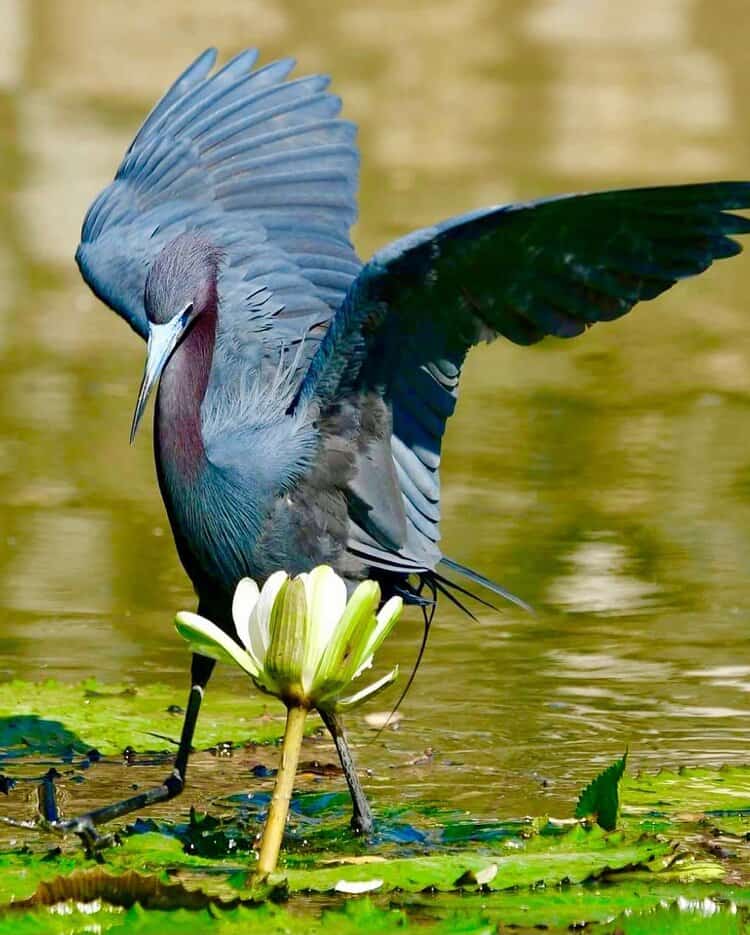
The assault on the Egrets and Herons is city-wide and includes the largest parks in the city, Brackenridge Park, Woodlawn Lake Park, and Elmendorf Lake Park. The habitat modification-or removal of 50/60% of vegetation along with the “noise deterrents” in these public parks includes the use of board banging, lasers, and Pyrotechnic Explosives and more.
According to the USDA, use of damage prevention and control methods may pose risks to humans, pets, other nontarget species and the environment.
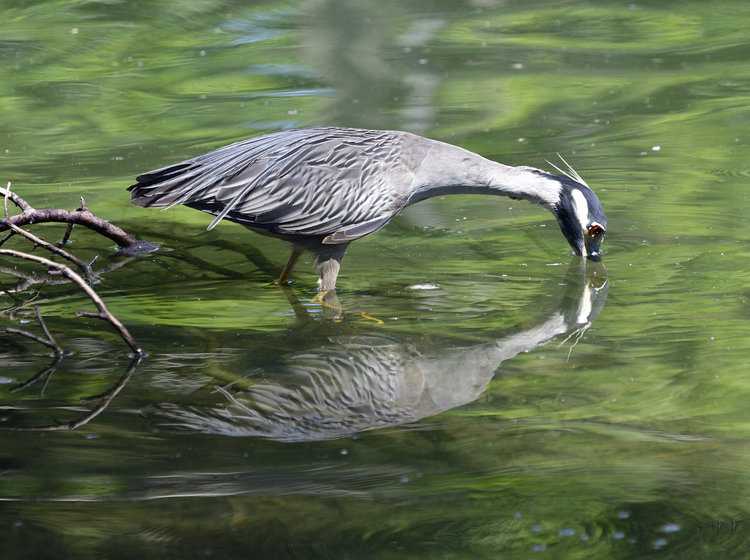
The adverse effects on the people of San Antonio who normally can enjoy a walk in Brackenridge Park, include the daily sounds of Pyrotechnic Explosives flying overhead, sometimes a little too close for comfort. Shotgun blasts or booms can be heard as kids feed ducks along the river.
A near miss of an explosive hitting the heads of a couple walking by on a sidewalk exposes the unsafe handling of the explosive cartridges by the USDA employees who appear unconcerned for publics welfare or safety.
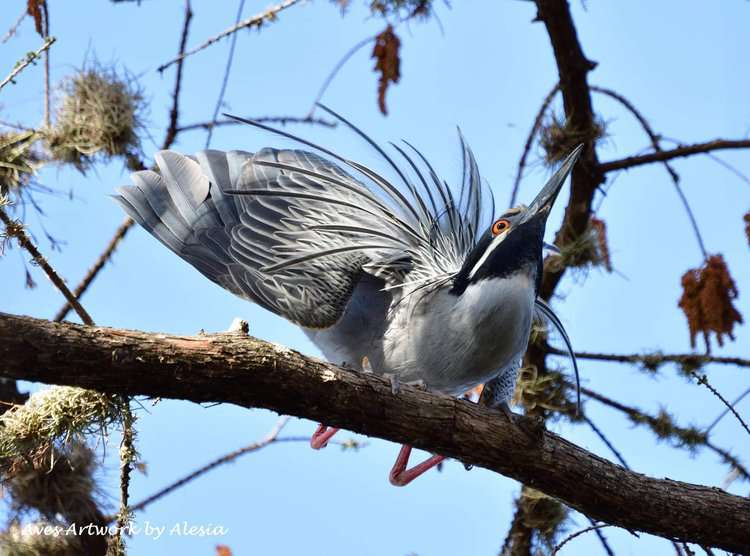
Explosive pest control devices (EPCDs) generally fall under ATF regulation because they contain regulated explosive materials, such as flash powder, black powder, and/or other pyrotechnic compositions. Some of these devices go by the generic terms “bird bombs”, “shell crackers”, “whistlers” or similar terms. All of these contain pyrotechnic compositions and must be handled with extreme care to prevent injury or damage to property.
The Pyrotechnic Explosive Safety Data Sheet (SDS) 2.1 Classification of the substance or mixture: “Exploding Bomb.” Expl. 1.4 H204 Fire or projection hazard. The cartridge travels 250 – 300 feet making a siren-like sound as it flies. Decibel Level = 130dB. The cartridge can fly 55-66 feet per second or about 37.5 to 45 miles per hour. And, yes, an object flying at 45 miles per hour can hurt you.
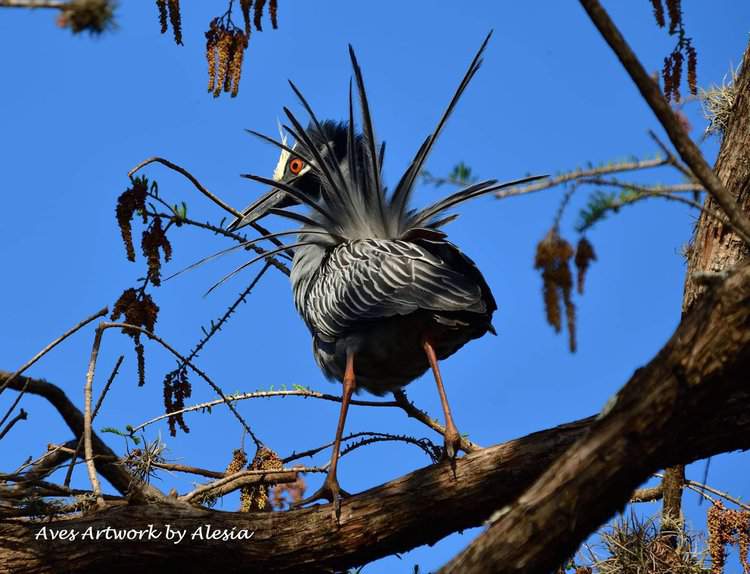
The damages to health in an accident can be severe, and depend on many factors, such as the speed of the object, the type of object, and the location of the impact. The USDA is shooting these directly at the birds.
Pyrotechnic Bird Management per the USDA: “Use of pyrotechnics can cause death and serious injury. Treat them as you would a live round. Pyrotechnics are a class C explosive. ” Pyrotechnic explosives can kill birds. The noise can cause birds tachycardia and even death by fright.
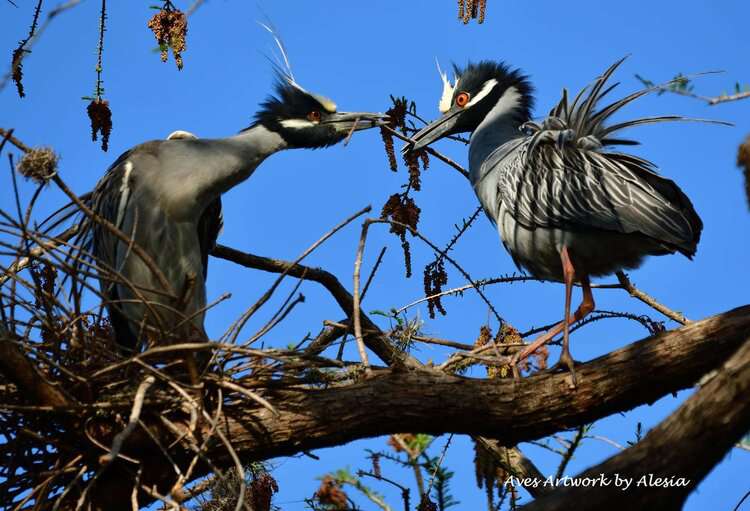
Witnesses have reported that the USDA is pursuing Yellow-Crowned Night-Herons nightly in Brackenridge Park as the birds forage for food in the river. Caught on video the USDA chases a solitary Night-Heron, and then fires a shot at the bird as a contractor bangs boards to further stress the Heron just trying to catch a meal.
A Fish & Wildlife Depredation permit contradicts the city’s claims that the effort by the USDA will be “humane and Non-lethal.” The birds travel from as far away as Mexico, Central and South America, a long way to fly to have your embryos(offspring) destroyed or to be assaulted with banging boards, shotguns, and explosives. USDA’s Assault on a lone Night-Heron:
It’s just another day in this self-proclaimed “Bird City” that hired a Killer to manage a nursery.
What you can do
Support ‘Fighting for Wildlife‘ by donating as little as $1 – It only takes a minute. Thank you.
Fighting for Wildlife supports approved wildlife conservation organizations, which spend at least 80 percent of the money they raise on actual fieldwork, rather than administration and fundraising. When making a donation you can designate for which type of initiative it should be used – wildlife, oceans, forests or climate.
Alesia Garlock
Wildlife / Environmental Advocate! I fight to protect nature. Informing the public of hidden agenda!
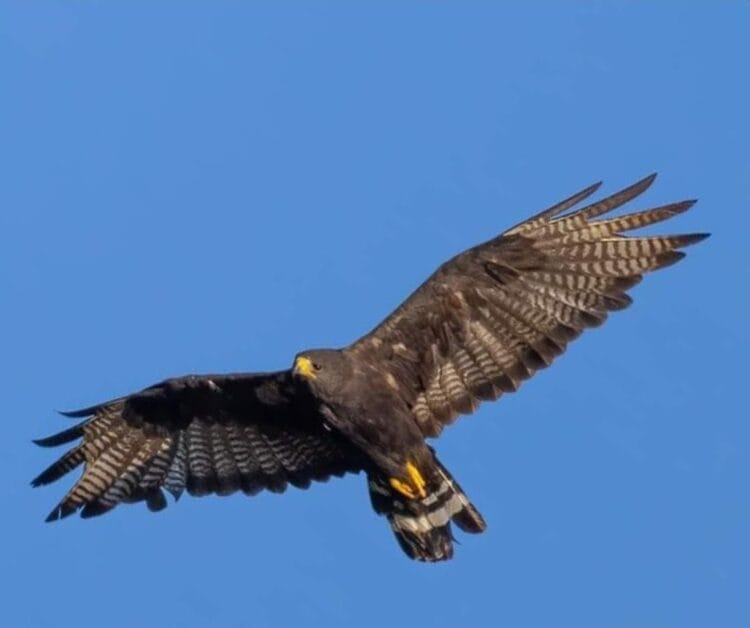

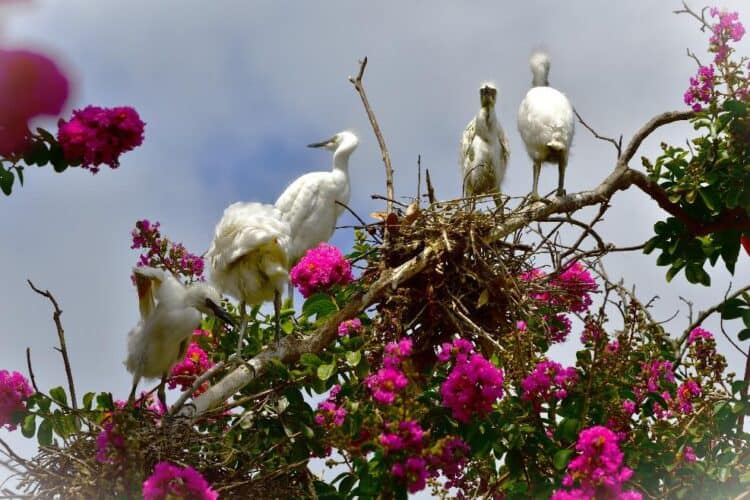
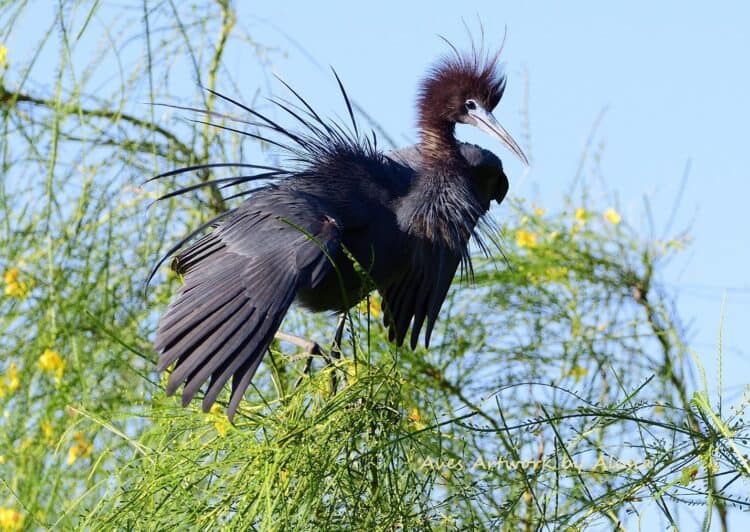
Leave a Reply